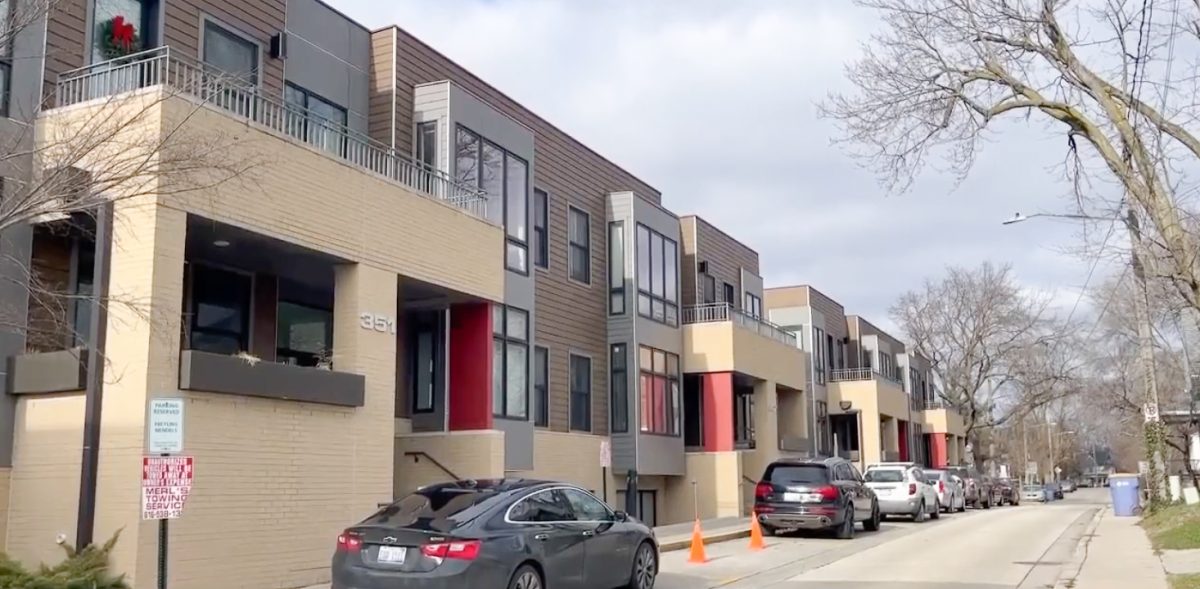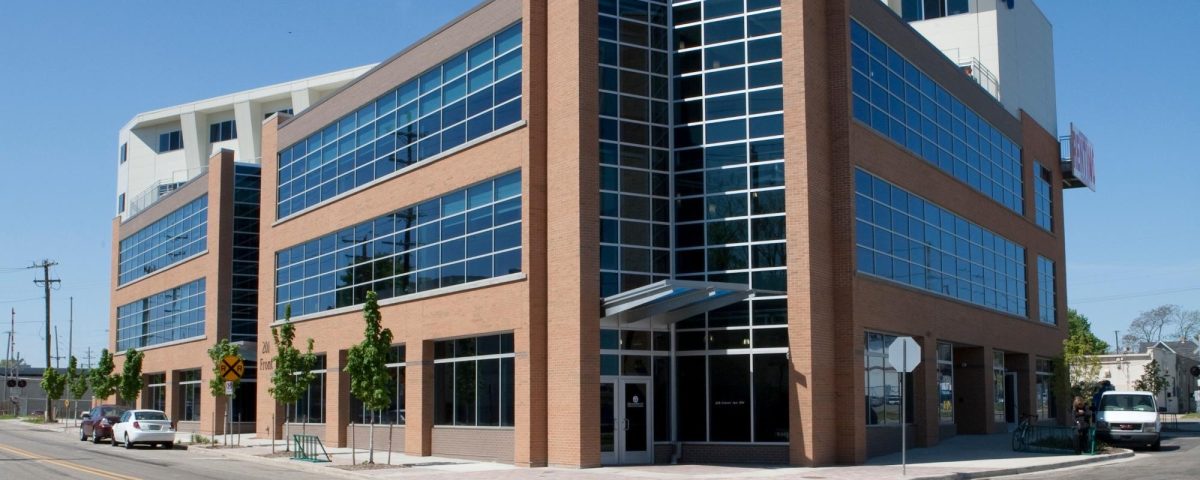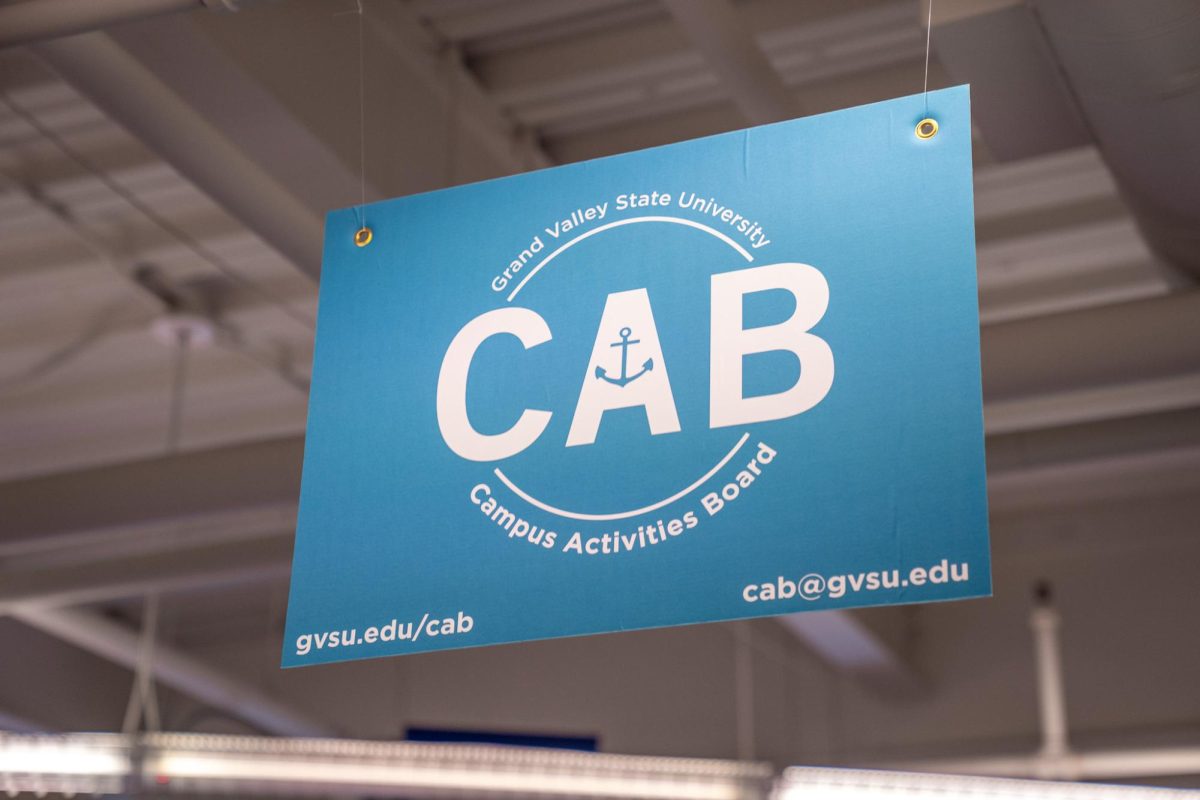Students continue to struggle with finding affordable housing in Grand Rapids amidst the growing cost of living and high rent. The city boasts a uniquely young population compared to others and the result has been a high demand for new as well as affordable housing.
The city has tried to rectify the issue by building more homes, including multifamily units as well as new apartment complexes. But the price of rent as well as the high cost of living have made this goal elusive.
According to a 2022 Housing Needs Assessment, Kent County needs 35,000 more housing units than it currently has. While the need continues to grow, the city also requires different types of housing for students and citizens with their own budget restrictions and economic situations. This means the demand for housing includes thousands of rental units, for-sale homes and multifamily options as well.
Paul Isley, the Associate Dean and Professor of Economics for Grand Valley State University’s Seidman College of Business, believes this target goal is reachable, even if it might be a difficult goal to obtain.
“It depends on whether it’s feasible politically and where we want to put them,” Isley said.
One solution to the cost problem seems to be the recent trend of multi-family and duplex homes in the Grand Rapids area.
“Here in Kent County, what we’ve seen is a massive increase in multifamily housing,” said Isley. “In 2010, the majority of what was being built was single-family. The majority of what we’re building now is multifamily in the Grand Rapids metropolitan statistical area.”
For Isley, this offers a unique benefit in both cost and speed of construction. Multi-family homes have been popular amongst Grand Rapids residents who either can’t afford the high cost of a single-family home or do not want to spend the money given high-interest rates and the extraordinary competition in bidding for sale.
“Part of what we need to do to keep up with demand is continue with multi-family homes,” said Isley. “It’s hard to build single-family fast enough and it’s hard to do single-family homes cheap enough.”
Isley is optimistic because multi-family homes still offer the buyer ownership, though the majority of these properties offer a more attainable opportunity for renters because they don’t require a massive downpayment.
“We have more people in their 30s in Kent County than over the age of 65,” said Isley. “A lot of those people have been trying to get into a single-family and they can’t. It’s either been too expensive or they have been bidding against ten other people and they can’t get in.”
This latter difficulty, namely the competition in bidding, often forces students and young people to pay more money than they normally would simply for the opportunity to have a place to live. While this is good for the housing market in one sense as it increases the values of homes, it is decidedly less positive for the students and young people who are purchasing them, especially if they’ve just graduated college and likely are bringing a fair amount of student debt into their new living situation as well.
“This age group is now looking for townhouses or trying to find an apartment that is better than what they have,” Isley said. “They might go from a one-bedroom to a three-bedroom trying to feel like they are growing up and feel like they are going someplace.”
This need for constant improvement pushes some homebuyers into an untenable situation economically. The 2022 Housing Needs Assesment found that 38% of households in Michigan struggle to afford necessities. In addition, it showed that more than half of renters are spending more than 30% of their income on housing.
“The normal assumption is that 30% is fine, (but) you do not want to be above 30%,” said Isley. “The trick is when you look at it versus income, what you need to buy a house has gone above that 30%, then we say that it is no longer affordable to do it.”
However, as incomes remain the same, housing prices continue to rise. This disparity means that people making the same amount they did last year are going to have less buying power in 2024, especially as it relates to housing. Isley said these income numbers don’t include government subsidies, many of which are available to folks whose income is below a certain threshold.
Additionally, Isley believes realtors and sellers can improve the diversity of their communities by essentially selling their properties blindly and just going with the highest offer. This has not always been the case, as redlining and selective selling have kept certain areas the same for many decades.
“The last time I sold a house, I had no idea who was buying it,” Isley said. “We were just told their offers and got to decide between their offers. We didn’t know who the human being was until we actually got to sign the documents.”
Isley believes the housing market can trend in the right direction if the law of supply and demand is followed. For most students and first-time home buyers, the market is still a perilous place. Only time will tell if Grand Rapids can meet the needs of its remarkably young population.
“We’ve done a good job of adding a lot of housing very quickly here in the Grand Rapids area,” Isley said. “Once you’ve done that, you can start to see its effect on things and you can start to see if that 35,000 number is right.”
















